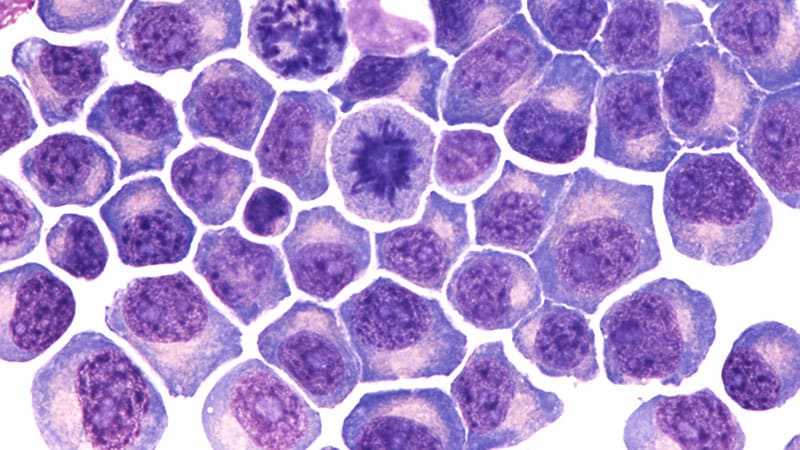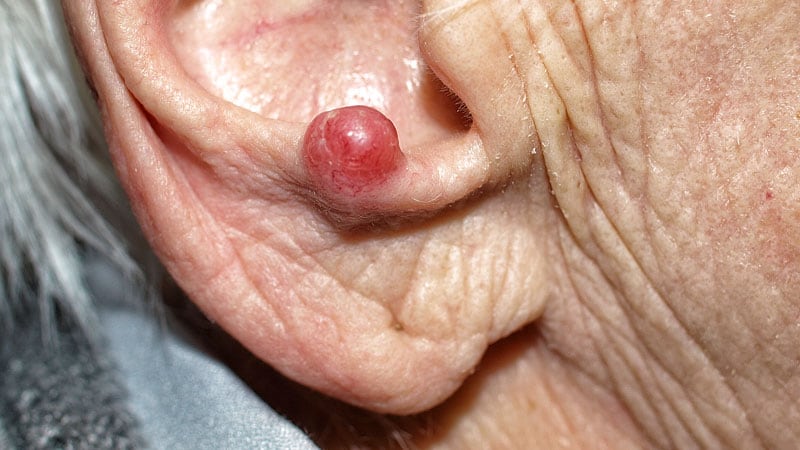Planned cesarean delivery (CD) on maternal request (CDMR) is not associated with an increased risk for neonatal or infant infections compared with planned vaginal delivery (VD), data suggested.
In a population-based cohort study that examined more than 400,000 pregnancies, planned CDMR was not associated with risk for a composite of four infant infections (adjusted risk ratio [aRR], 1.02).
"The rising number of cesarean deliveries worldwide, along with the increasing demand for CDMR, caught our attention as a significant issue in obstetrics. The lack of clear evidence supporting or opposing CDMR, combined with limited understanding of its immediate and long-term health effects, poses a major challenge for obstetricians," lead author Yanfang Guo, PhD, an epidemiologist with the Better Outcomes Registry & Network (BORN) Ontario and the clinical epidemiology program at the Ottawa Hospital Research Institute, Ottawa, Ontario, Canada, told Medscape Medical News.
 Yanfang Guo, PhD
Yanfang Guo, PhD"Counseling expectant mothers on this topic has become more complex due to the lack of comprehensive data and ethical complexities," she said. "Considering the methodological and ethical challenges in conducting clinical trials on CDMR, we realized the need for high-quality observational studies focusing on maternal and infant outcomes."
The study was published online on April 5 in the Journal of Obstetrics and Gynaecology Canada.
Observing CDMR Outcomes
In Canada, about 30% of births occur through CD, including 2% performed by MR without medical indications.
Much research into CDMR and infant infection risk relies on administrative data with poorly defined indications for CD, the study authors wrote, which prompted their intent-to-treat study.
Guo and colleagues retrospectively studied data from BORN Ontario to determine the potential association between CDMR and infant infections. They looked at low-risk singleton pregnancies with a term live birth in Ontario from April 2012 through March 2018, excluding mothers with prior CD.
The primary infant outcomes were upper and lower respiratory tract infections, gastrointestinal infections, otitis media, and a composite of all four infections. The researchers calculated the relative risk (RR) and aRR for each outcome up to 1 year after a planned CDMR, compared with a planned VD. They also analyzed age at infection and type of care (ie, ambulatory vs hospitalization).
Among 422,134 live births, 1827 (0.4%) resulted in a planned CDMR, and 420,307 (99.6%) resulted in a planned VD. Those who had planned CDMR were more likely to be older, be Caucasian, conceive by in vitro fertilization, live in neighborhoods with higher median incomes, have higher levels of education, receive prenatal care from an obstetrician, deliver in hospitals with more complex maternity care resources, and deliver earlier than those who had planned VD.
After data were adjusted for maternal and infant covariates, planned CDMR wasn't associated with a risk for composite infant infections (RR, 0.93; aRR, 1.02) or with a risk for the individual infection categories, which had similar RRs and aRRs. Subgroup analyses comparing neonatal and postnatal infections, as well as ambulatory care vs hospitalization, produced similar findings.
Overall, 348 (19.1%) infants delivered by planned CDMR and 85,818 (20.4%) infants delivered by planned VD had at least one infection before their first birthday. Among the planned CDMR group, 272 (14.9%) developed respiratory tract infections, 86 (4.7%) had gastrointestinal infections, and 69 (3.8%) were diagnosed with otitis media, compared with 15.9%, 3.9%, and 4.5%, respectively, among the planned VD group.
When the research team reexamined outcome risk on the basis of an as-treated study design, however, actual CD (planned and unplanned) was associated with an increased risk for infant infections compared with actual VD (aRR, 1.11).
"The findings regarding perinatal outcomes associated with CDMR were somewhat unexpected, given the inconsistent evidence from previous studies," said Guo. "One major challenge has been the lack of consensus among professional groups regarding the definition of CMDR, as well as the absence of standardized diagnostic codes in administrative datasets."
Given the discrepancies between the intention-to-treat and as-treated analyses, Guo and colleagues recommended additional research into the mediating factors that influence the association between the planned mode of delivery and pediatric health outcomes.
Considering Study Design
Commenting on the findings for Medscape Medical News, Pauline McDonagh Hull, a PhD candidate in community health sciences at the University of Calgary, Calgary, Alberta, Canada, said, "Certainly, further evidence on other short- and long-term risks for babies and mothers is needed, but after decades of insufficient proxy data, what these findings demonstrate is the value of designing studies to determine planned cesarean outcomes, distinct from emergency surgery."
 Pauline McDonagh Hull
Pauline McDonagh HullHull, who wasn't involved with this study, has researched CDMR in Canada and the need for a cesarean birth request care pathway. She and her colleagues are developing decision tools to help pregnant women make an informed choice about planned vaginal or cesarean birth.
"I do not advocate for all women to choose a cesarean, but I do believe it should be a choice for every woman and that efforts to reduce institutional cesarean rates have proved harmful," she said. "Previous research suggests educated and wealthy women are more likely to access this birth plan, and obstetricians too, raising serious inequity concerns."
The study was supported by a Canadian Institutes of Health Research Foundation grant. Guo and Hull reported no relevant financial relationships.
Carolyn Crist is a health and medical journalist who reports on the latest studies for Medscape, MDedge, and WebMD.

.webp) 1 week ago
13
1 week ago
13


























 English (US)
English (US)